The chaos of the Peninsular War saw many units on both sides enter into the annals of legend for their battlefield heroics. These units would go down in history as representative of the very best of their respective nations’ fighting prowess, and be rightly lauded both at home and abroad. Other formations were… somewhat incongruous with heroism, and thus of lesser renown. This does not diminish the stories of such units, which can be far more interesting to wargame!
After Pierre Dupont’s defeat at Bailén in 1808, large numbers of French troops were captured. Those that survived the subsequent forced march to Cadiz were incarcerated aboard a number of prison hulks – decommissioned warships turned into floating gaols. Conditions aboard were vile, and many prisoners would perish from disease, mistreatment, or malnutrition. Mutinies were not uncommon, although the savage punishments meted out for even the smallest misdemeanours meant that successful escapes were few and far between indeed. One such attempt was that of Chef de Battalion Francois Léon de Rochebaron and a small band of hardened cutthroats from the Vielle Castille. An old three-decker with an ill-starred history, having served in French and British hands before being recaptured by the Spanish, the Vielle Castille was known locally as the ‘Ship of the Dead’ for the squalor and misery endured by its occupants. It is unknown precisely how de Rochebaron made his escape, but in the ensuing carnage the Vielle Castille was burnt down to the waterline with hundreds of casualties. By the time the smoke cleared, de Rochebaron and dozens of French veterans had escaped into the Spanish countryside.
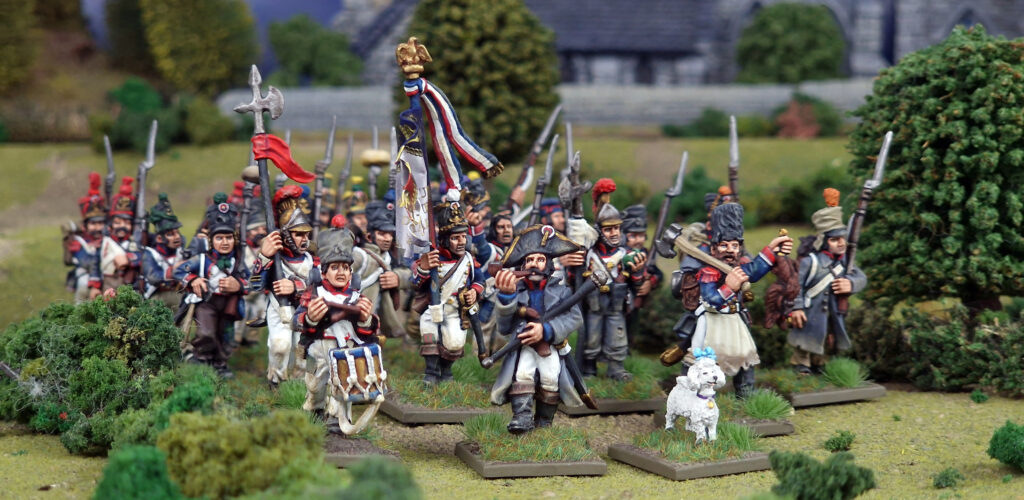
A patriotic and loyal man, as well as a charismatic leader, de Rochebaron led his rag-tag band of escapees back to French lines, intending to rejoin the war effort, and collecting other stragglers along the way. A man of breeding who had cast aside the trappings of the Ancién Regime during the Revolution, de Rochebaron had been significantly changed by his time in captivity. Once considered a scrupulously honourable man, he rejoined the French forces as a hardened veteran of partisan warfare, utterly without mercy to his foes. Considered unsuitable for regular service, he was instead placed in command of an irregular unit of men caught in similar circumstances, which he named the 73e de Ligne, after a regiment (disbanded in 1803) in which he had served earlier in his career. The unit soon earnt the moniker of les Bouchers.
These ‘butchers’ certainly lived up to their name, proving devastatingly effective and savagely thorough in action against Spanish partisans and British patrols alike, sowing brutality on the battlefield and leaving bloody carnage in their wake. Made up of men from across the French army, the 73rd boasted some truly colourful characters. Louis ‘Fripe-Sauce’ Masson had escaped a charge of attempting to poison his commanding officer when it was proven that he was simply a truly awful cook, and would go on to serve as the 73rd’s drummer, beating the pas de charge with his faithful (if somewhat vicious) poodle, Fifi, trailing along behind him. Vincent Glaza bore an Eagle of uncertain origin and served as the ‘moral’ backbone of the unit. A staunch Revolutionary, he would often be found sermonising to his fellow soldiers – whether they wanted to listen or not!
There were also some distinctly less salubrious types in the 73rd. Mathieu Chamont and Philippe Berthet were inveterate looters, eager to carry off anything not nailed down (and, in fairness, quite a few things that had been nailed down, courtesy of Berthet’s pioneer’s axe!), while Victor Gaillard was a sheer brute of a man, a bare-knuckle boxer from the docks of Marseille with a deep-seated loathing for all things Spanish. Villages quailed at the mere mention of his name, and his casual brutality towards those he perceived as weaker than himself made him an unpopular figure of fear amongst even his fellows. Little ‘Jean-Jean’ Morel had been a career criminal before conscription, and in the 73rd found a welcome home for his particular talents as a forger. Rations fit for an Emperor and brand-new muskets would, from time to time, find themselves diverted to a remote Spanish village where les Bouchers just so happened to be holed up, with irate and confused drivers discovering that, miraculously, the requisition paperwork was perfect!
At Grijo, the 73rd, after months of terrorising the local populace and skirmishing with partisans, ran into a force their equal in notoriety, if not quite their savagery – the British Third Battalion of Detachments. In the bitterly contested skirmish that followed, de Rochebaron was seen duelling the British Ensign Digby St. Leger, who lost an eye in the combat, while Fifi engaged in a savage dogfight with the Third’s regimental mascot, Duchess. The 73rd claimed victory at Grijo, but given that the Third did likewise, this claim must be taken with a significant pinch of salt. The eventual fate of the 73rd is unknown – most likely they were either destroyed during the eventual withdrawal to France, or simply folded into another unit as reinforcements after one of the great later battles of the Peninsular Campaign.
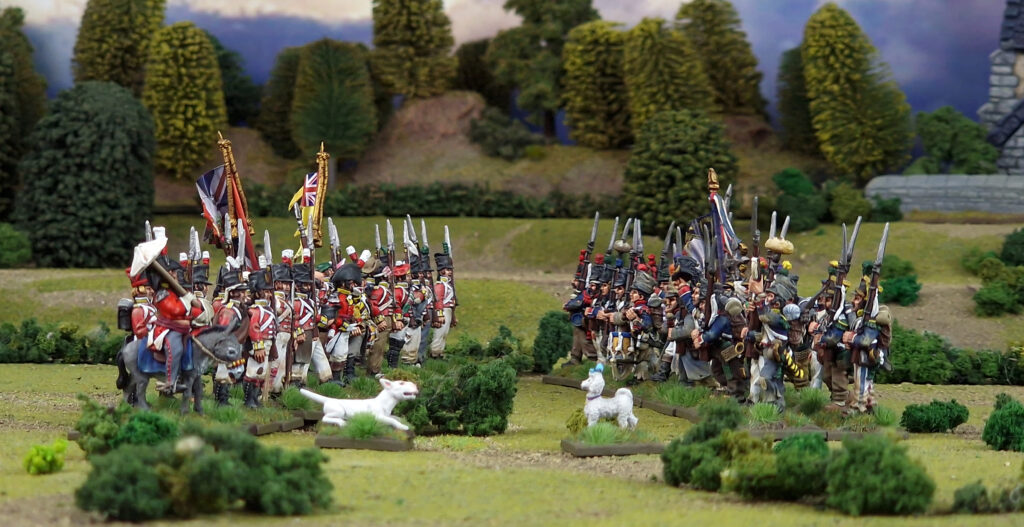
In games of Black Powder, we rate the 73rd as a French Line Infantry Battalion (using the rules from Albion Triumphant Volume One), with the additional special rules Bloodthirsty and Brave. In addition, if the 73rd is classed as a Victorious Unit after close combat, its only option is to do Nothing – this represents les Bouchers dispatching their wounded foes (and stripping them of all valuables)!
As with the British Peninsular Veterans, we’ll also be releasing the Warlord Resin models that make up the Vive L’Empereur boxed sets individually in the near future, perfect for dotting around the units of an existing Peninsular French force, imbuing it with loads of character. For more details, keep a close eye on the Warlord Games Newsletter!
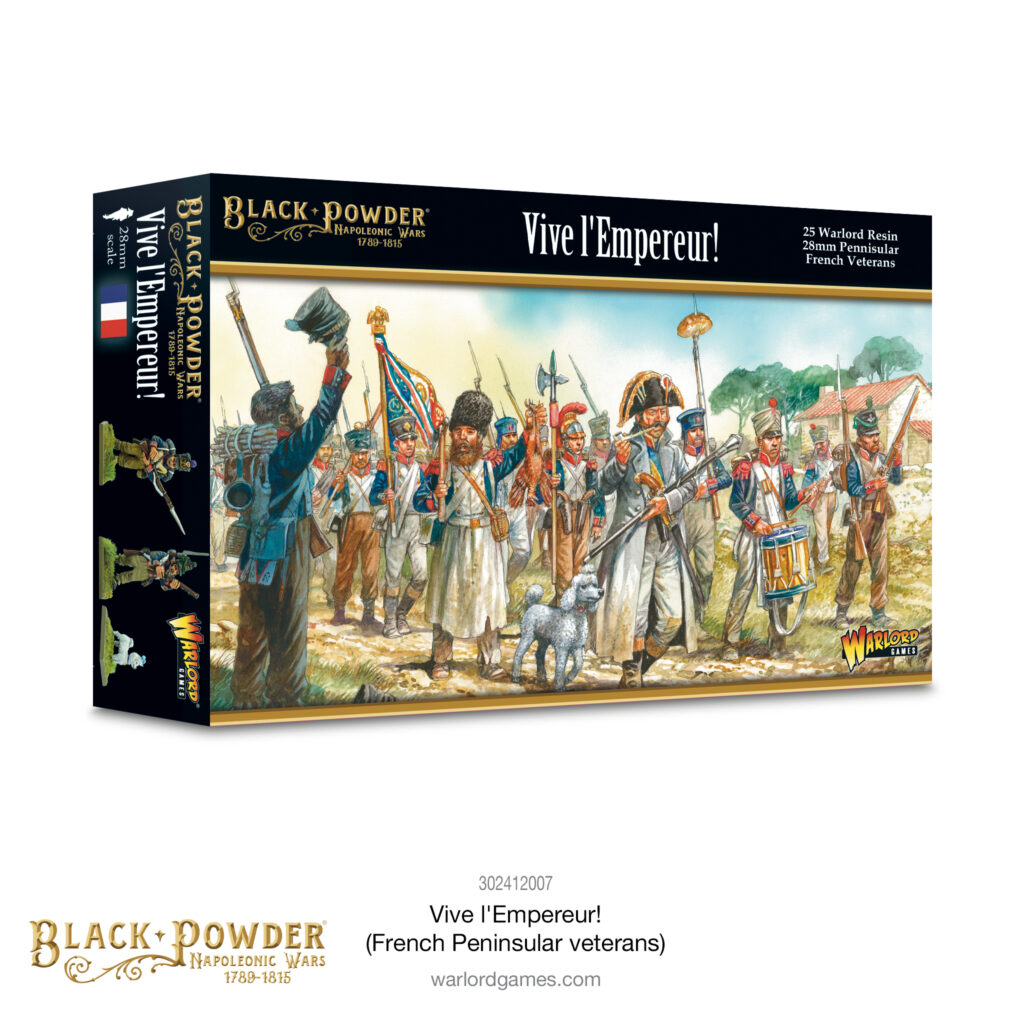
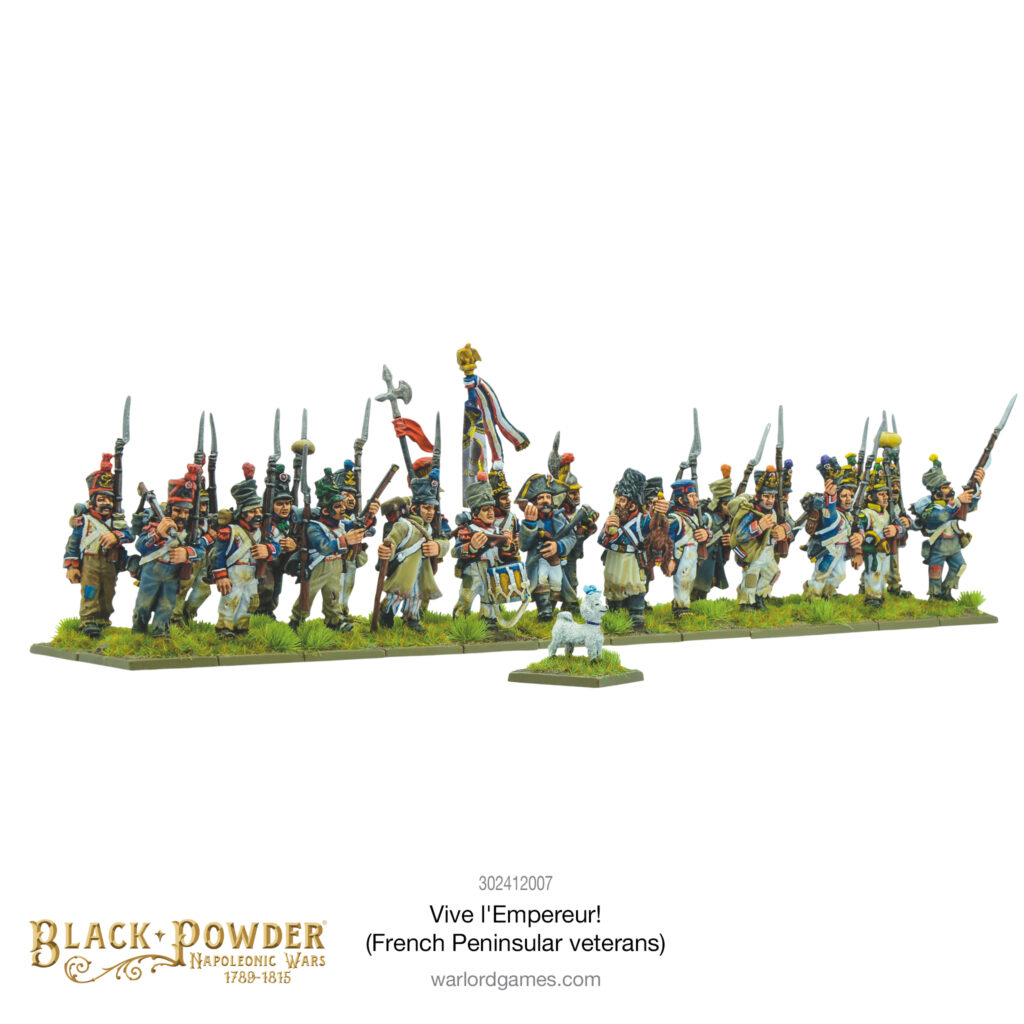
Also Available – O’er The Hills And Far Away
The 3rd Battalion of Detachments, struck from all official records, exemplified Brigadier General Alan Campbell’s view, “I have collected several detachments of recovered men belonging to Sir J. Moore’s army, whom I found scattered in all directions, without necessaries, and some of them committing every possible excess that could render the name of a British soldier odious to the nation.”
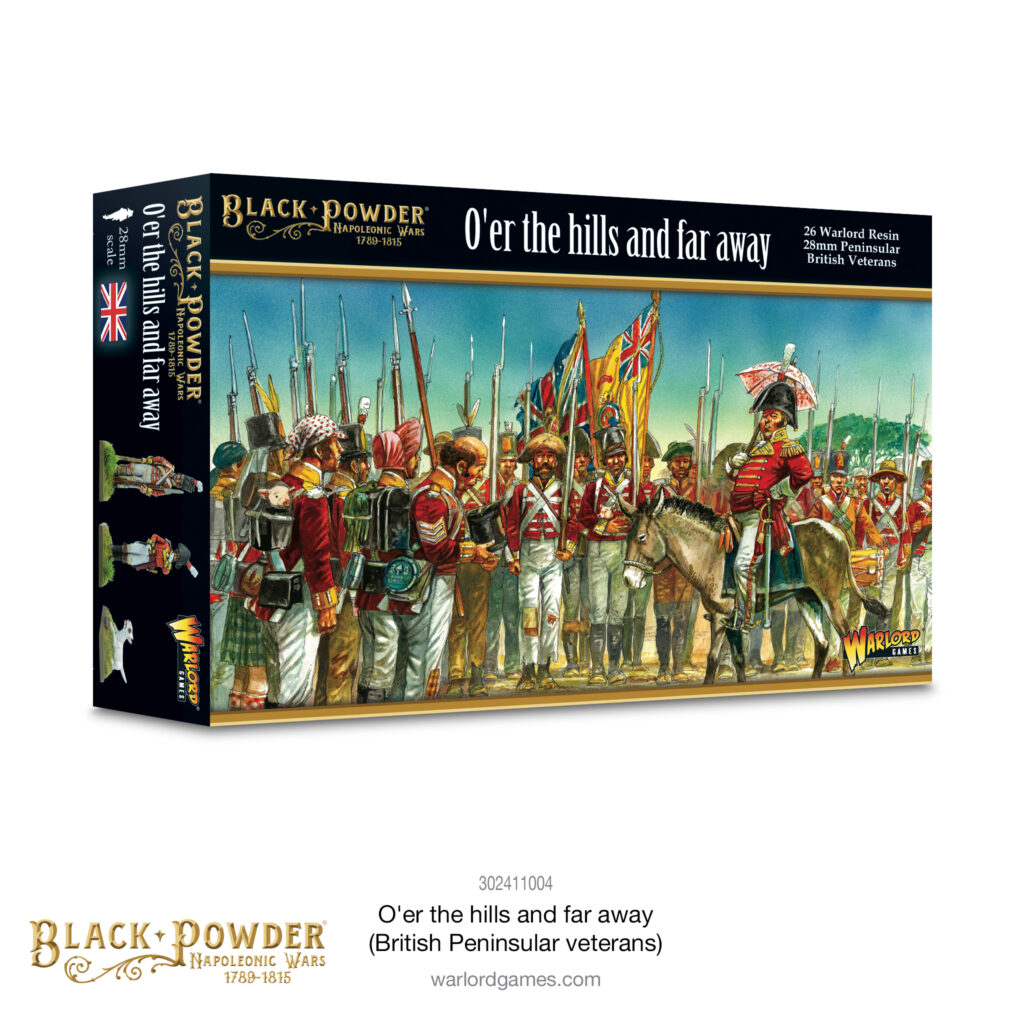
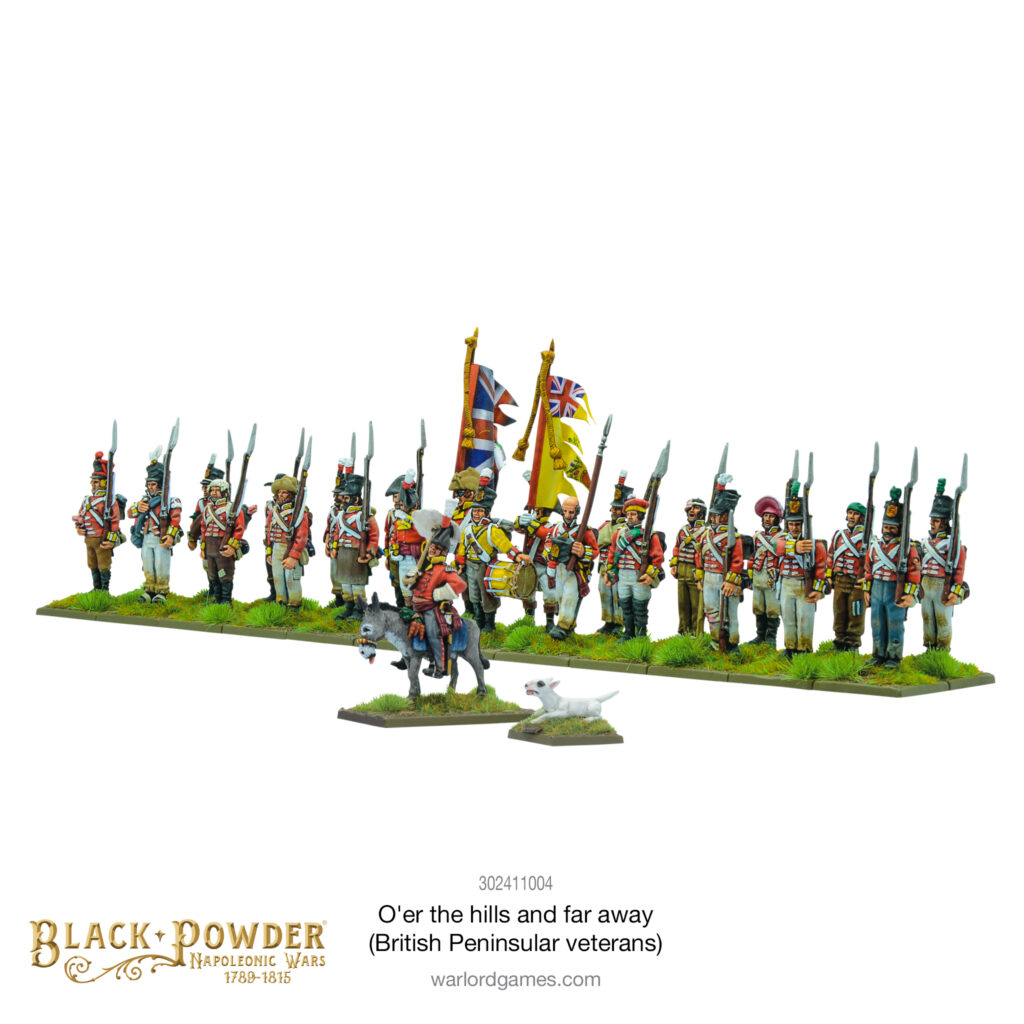
To learn more about the characters of the British Third Battalion of Detachments, look no further than this article!
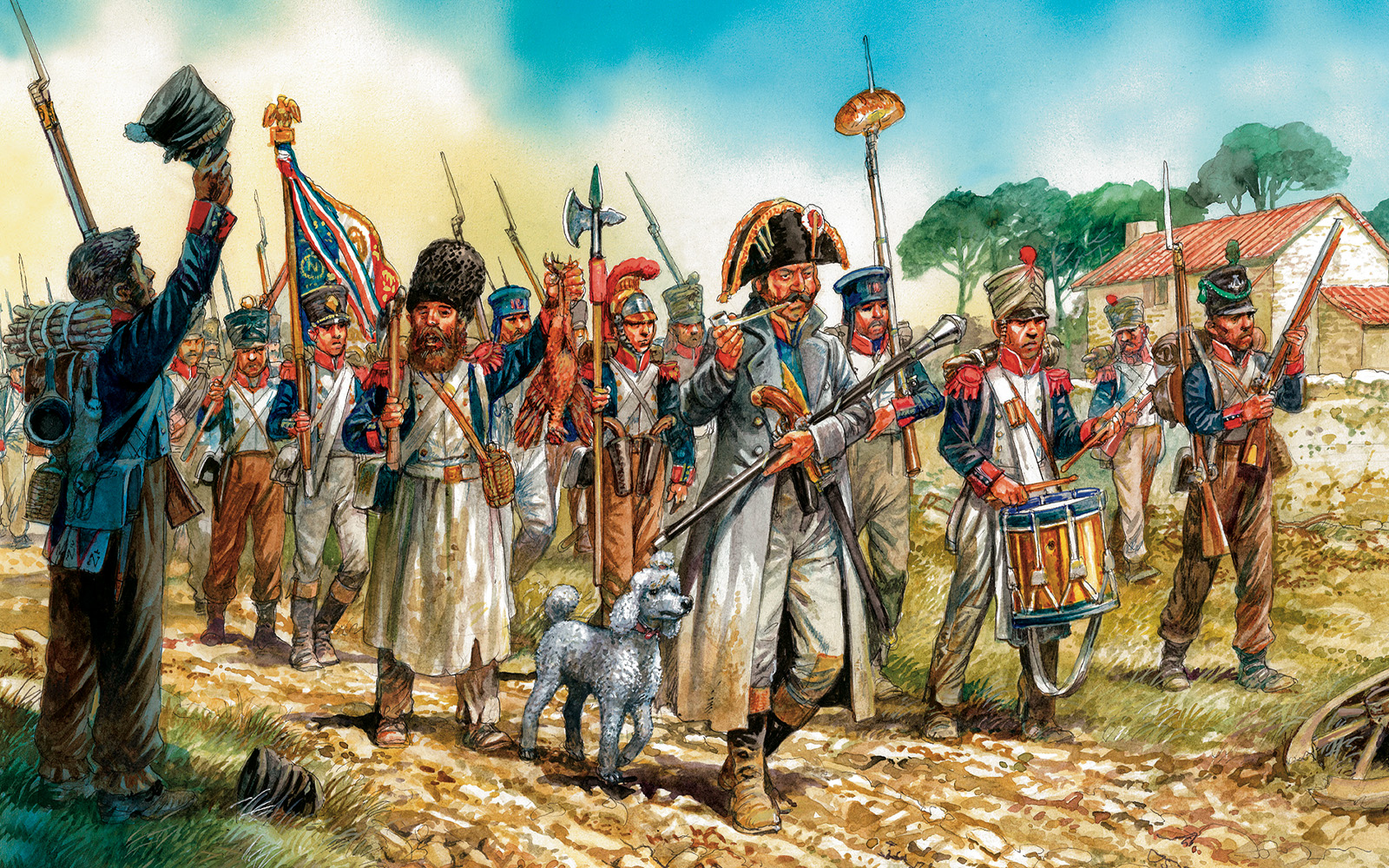
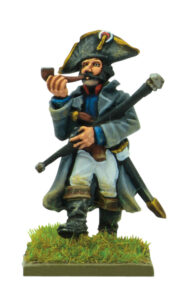
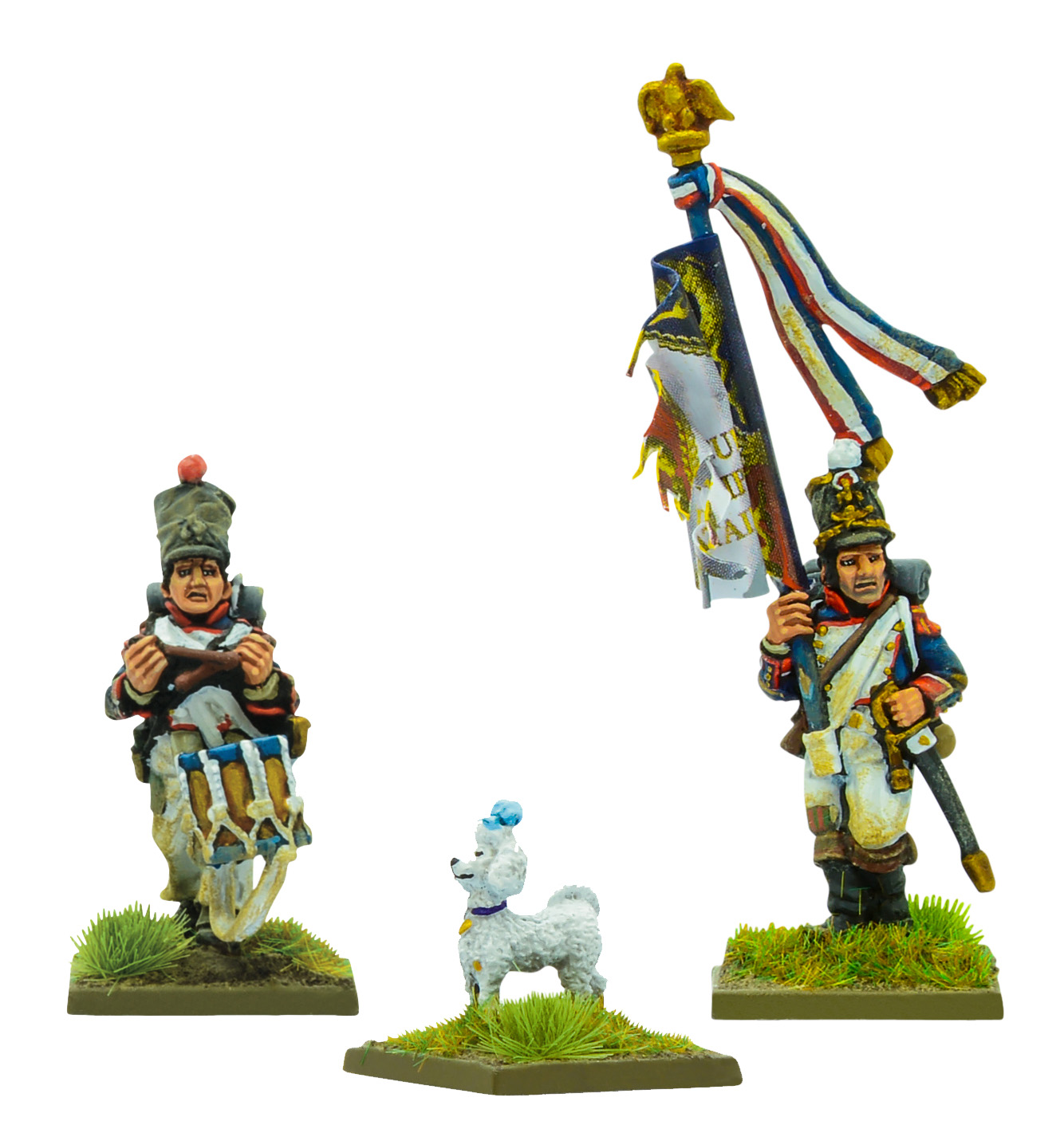
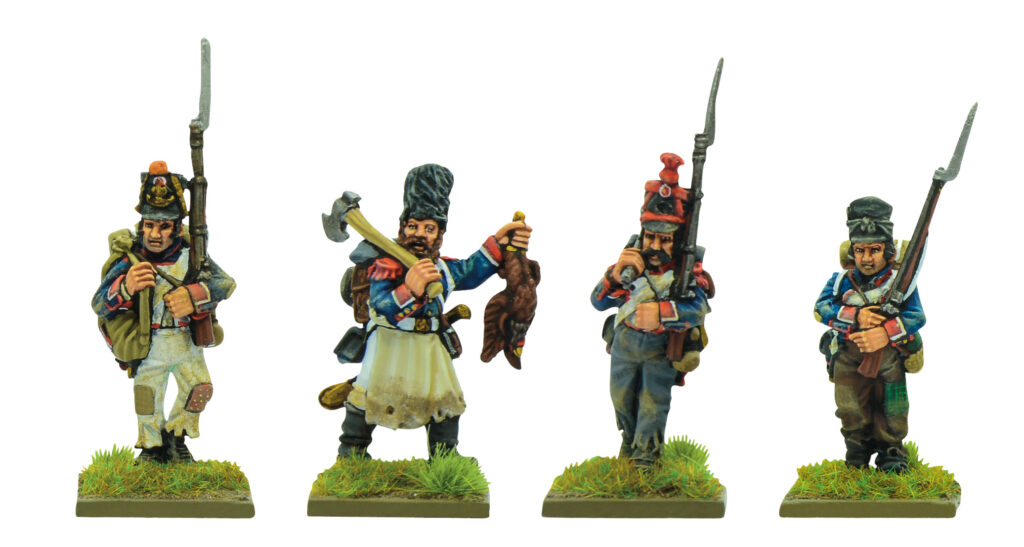
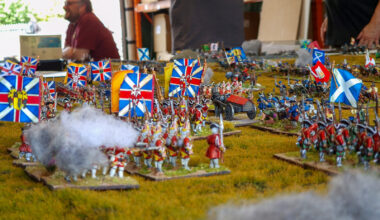
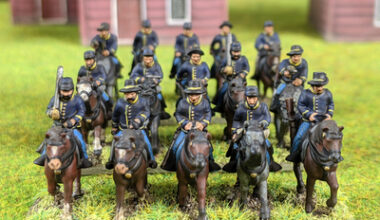
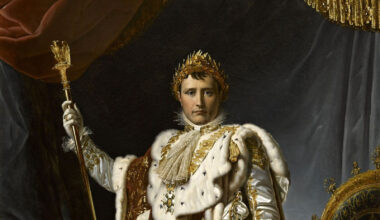
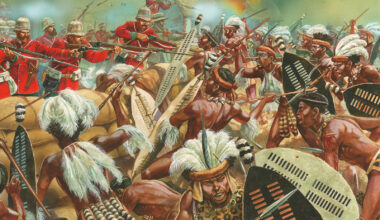
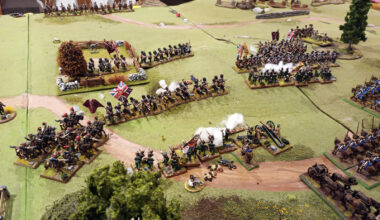
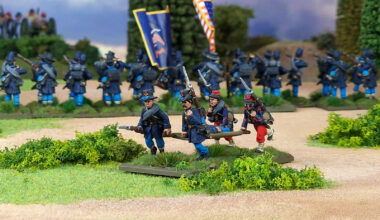
1 comment
Quite surprised that these don’t seem to feature anywhere on many 28mm forums. Seen a few unboxing videos but perhaps everyone falls at the first hurdle when it comes to painting them. Have to admit the figures take some time due to their individuality but that’s really the fun of it to have something a little bit different in the ranks. I’m about halfway through having finished 12 including one pig, carrots a few loaves and twigs and looking forward to doing the rest. The pictures on here are useful for getting tips on colours and extra detail. Cheers Mike
Comments are closed.